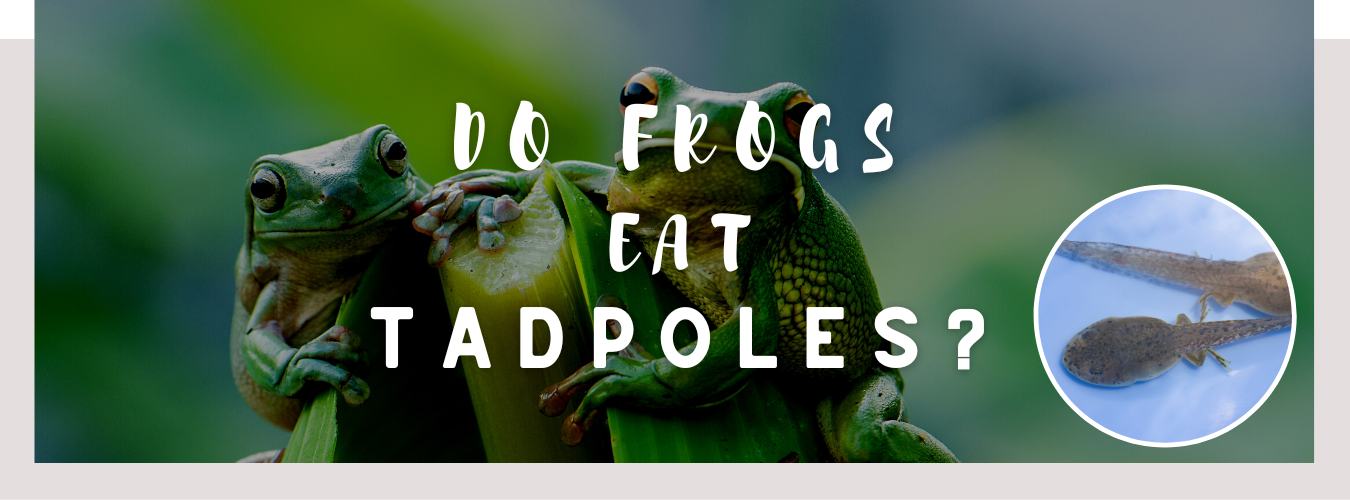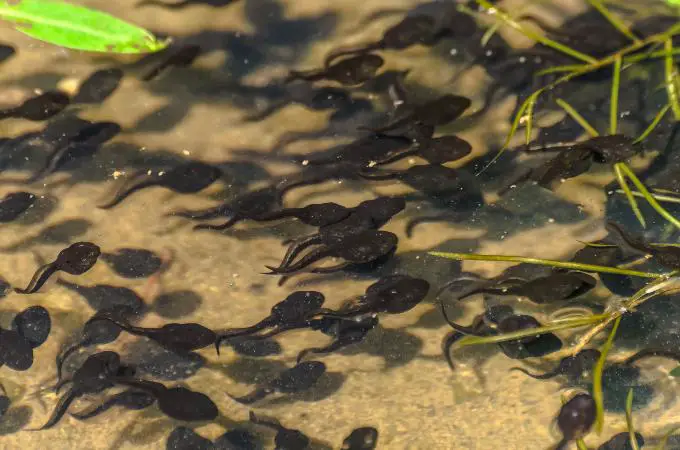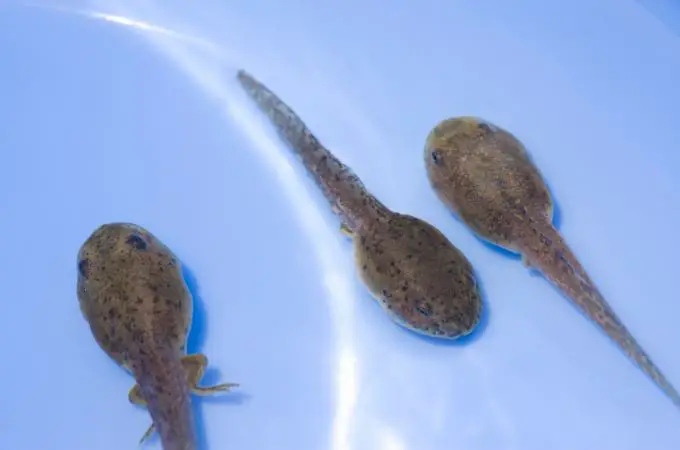
Have you ever walked by a pond and seen tiny tadpoles swimming around, curious to know what happens to them as they grow older? If so, you may have asked yourself: do frogs eat tadpoles? The answer might surprise you! From the diet of bullfrogs to the cannibalistic tendencies of some species, we’re diving into the fascinating world of frog nutrition. Read on for all the details about whether or not frogs snack on their own young.
Taxonomy of Frogs
The taxonomy of frogs is quite complex, and they are classified as anurans. Anurans belong to the amphibian class, which includes caecilians, salamanders and newts. Within this class, frogs are placed in the order Anura – which contains numerous families such as Hylidae (tree frog), Ranidae (true frog), Bufonidae (toads) and Rhacophoridae (bush frogs). Each family is split into genera – groups of organisms that share certain characteristics – and species within those genera.
Anatomy and Digestive System of Frogs
Frogs have a complex and sophisticated anatomy. They have an internal skeleton that is made up of more than 200 bones, as well as other organs like the heart and lungs. The digestive system of frogs starts with their mouth where food enters, then travels through the esophagus to their stomach before entering the intestines where nutrients are absorbed. Frogs also possess a unique organ known as a cloaca which helps in excretion and reproduction.
What do Tadpoles Eat?
Tadpoles are herbivorous and primarily feed on algae that grows in the water. They can also eat plant matter and small insects like mosquito larvae, which give them additional sources of protein to help with their development. Tadpoles will also scavenge for dead organic material when they find it, as a way to supplement their diets.

Do Adult Frogs Eat Tadpoles?
Yes, adult frogs eat tadpoles. It’s quite common for them to consume the smaller, younger versions of their own species if they can find them in a pond or other water source. While this may seem cruel at first glance, it is actually an instinctual behaviour that helps keep the population of frogs under control and ensures there are enough resources for everyone.
Cannibalistic Species of Frogs
Did you know that there are some species of frogs out there that have a cannibalistic behavior? Yes, it’s true! It is particularly common in the Neotropical frog family (Dendrobatidae). It happens when food is scarce and they have to resort to eating their own kind. The male frogs will also consume much smaller males than them if given the chance. This type of behaviour is quite uncommon among other animals, so it’s really fascinating.

Predatory Behavior in Frogs
When it comes to frogs, predatory behavior is not something that immediately jumps to mind. However, certain species of frog are known to hunt and even eat other animals. Some amphibians in particular have been observed killing and eating small insects and spiders, as well as engaging in cannibalism when food sources become scarce. While they may not be the fierce hunters we generally associate with predators, these behaviors demonstrate how adaptable frogs can be when their environment puts them under pressure.
Nutritional Benefits and Risks for Tadpoles
Tadpoles are a great source of nutrition with many benefits and few risks. On the plus side, they provide a good source of complex carbohydrates, as well as proteins and omega-3 fatty acids. They also contain calcium which is essential for healthy bones and teeth. The downside is that tadpoles can be quite high in mercury content, so while they may offer some nutritional benefits it’s important to be aware of the potential risks before consuming them in large quantities.
You might also like: https://whatanimalseat.com/do-frogs-eat-mice
